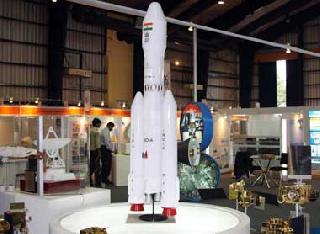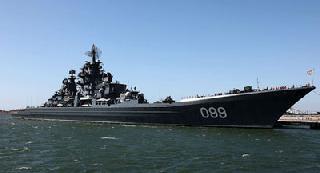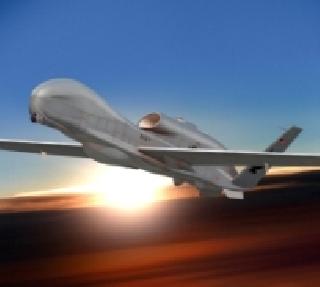
A replica of GSLV Mk III rocket on display during BSX-2010. A BNS photo
BANGALORE (PTI): After a failed test six months ago, Indian Space Research Organisation (ISRO) will be making a fresh attempt next week to conduct long-duration static test of a crucial liquid core stage for a new generation heavy rocket which is being developed.
“The static test of crucial liquid core stage (L110) of GSLV Mk III launch vehicle (rocket) for 200 seconds is slated for 3 pm on September eight,” a senior ISRO official told PTI here.
A top ISRO team, including Director of ISRO's Liquid Propulsion Systems Centre (LPSC) S Ramakrishnan and Director of Vikram Sarabhai Space Centre (VSSC) P S Veeraraghavan, held a review meeting in Mahendragiri in Tamil Nadu on Wednesday and gave the go-ahead for the test.
Chairman of Bangalore-headquartered ISRO, K Radhakrishnan, is expected to witness the test at LPSC test facility in Mahendragiri, officials said.
ISRO conducted the test for 150 seconds at LPSC test facility on March five. While the test was originally targeted for 200 seconds, it was stopped at 150 seconds since a deviation in one of the parameters – minor leakage in the command system – was observed.
A small leak in the command line was detected by computer, which automatically aborted the test. About 500 important parameters were monitored during the static test.
ISRO has since analysed the data.
The GSLV Mk III rocket is being developed for launching four-tonne class of satellites in Geo-synchronous Transfer Orbit (GTO). Measuring 17 metres in length and four metres in diameter, the L110 is an earth storable liquid propellant stage with propellant loading of 110 tonnes.
The L110 stage uses two high-pressure Vikas engines in a clustered configuration and draws its heritage from the second stage of PSLV and GSLV and strapons of GSLV.
While in PSLV and GSLV, the liquid stage with single engine configuration burns for 150 seconds, the GSLV-Mk III requires burning for 200 seconds in a twin engine configuration.
India's PSLV and GSLV so far used one Vikas engine. But the heavy-rocket GSLV Mk III under development needs much better thrust. And hence, two Vikas engines were being used for the first time, they said.
ISRO has already successfully conducted the short-duration static test of the L110 stage, which uses two high-pressure Vikas engines in a clustered configuration.
In January this year, ISRO also successfully conducted static test of its largest solid booster S200, which would form the strap-on stage for the GSLV Mk III, at Satish Dhawan Space Centre (SDSC), Sriharikota.
The successful test of S200 made it the third largest solid booster in the world, next to the RSRM solid booster of NASA Space Shuttle and P230 solid booster of ARIANE-5.
 Previous Article
Previous Article Next Article
Next Article












The Indian Air Force, in its flight trials evaluation report submitted before the Defence Ministry l..
view articleAn insight into the Medium Multi-Role Combat Aircraft competition...
view articleSky enthusiasts can now spot the International Space Station (ISS) commanded by Indian-American astr..
view article